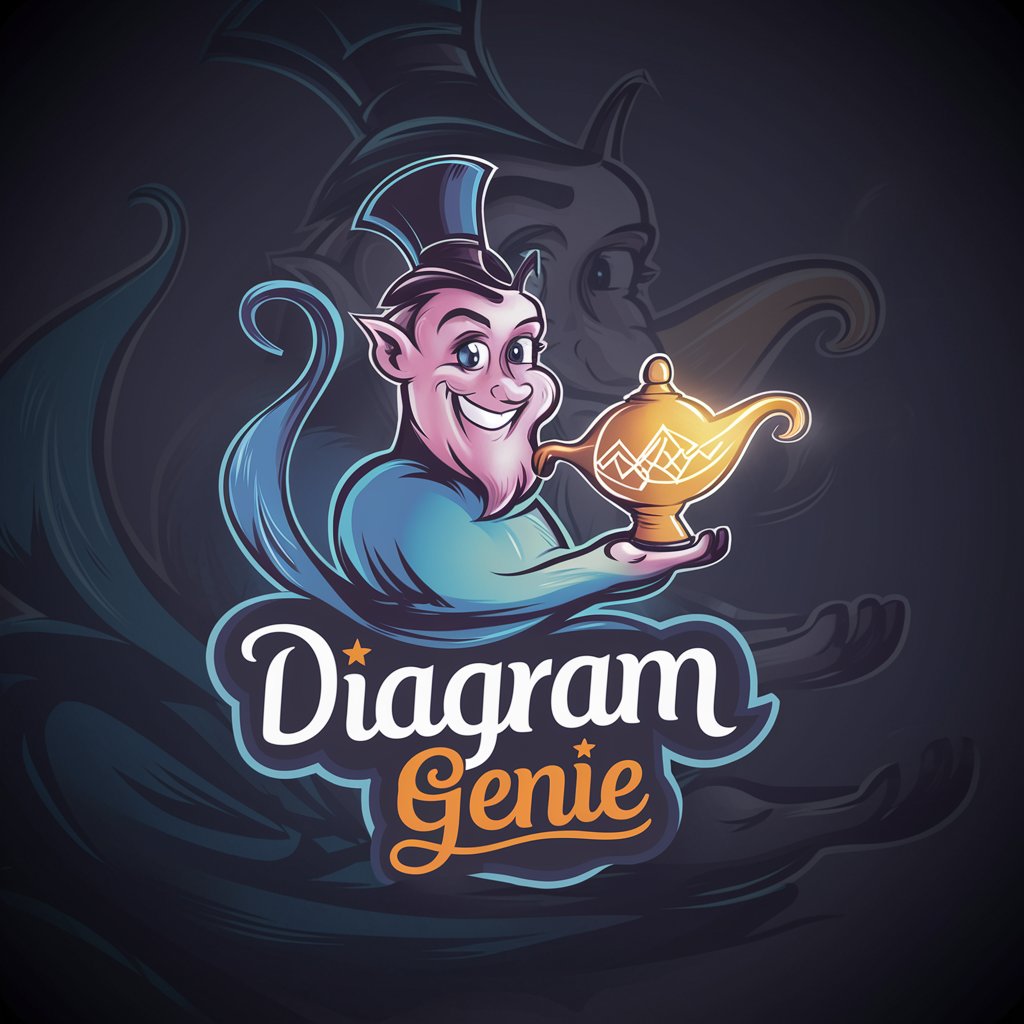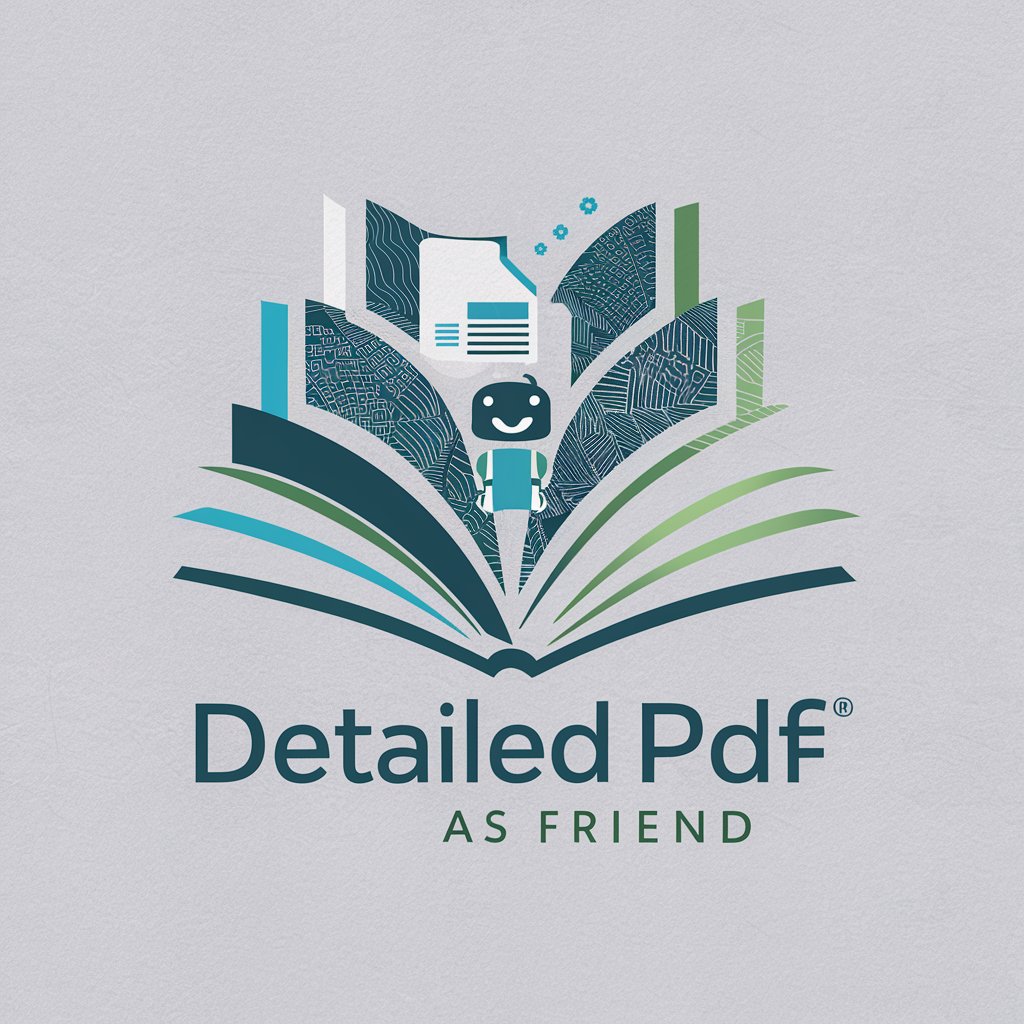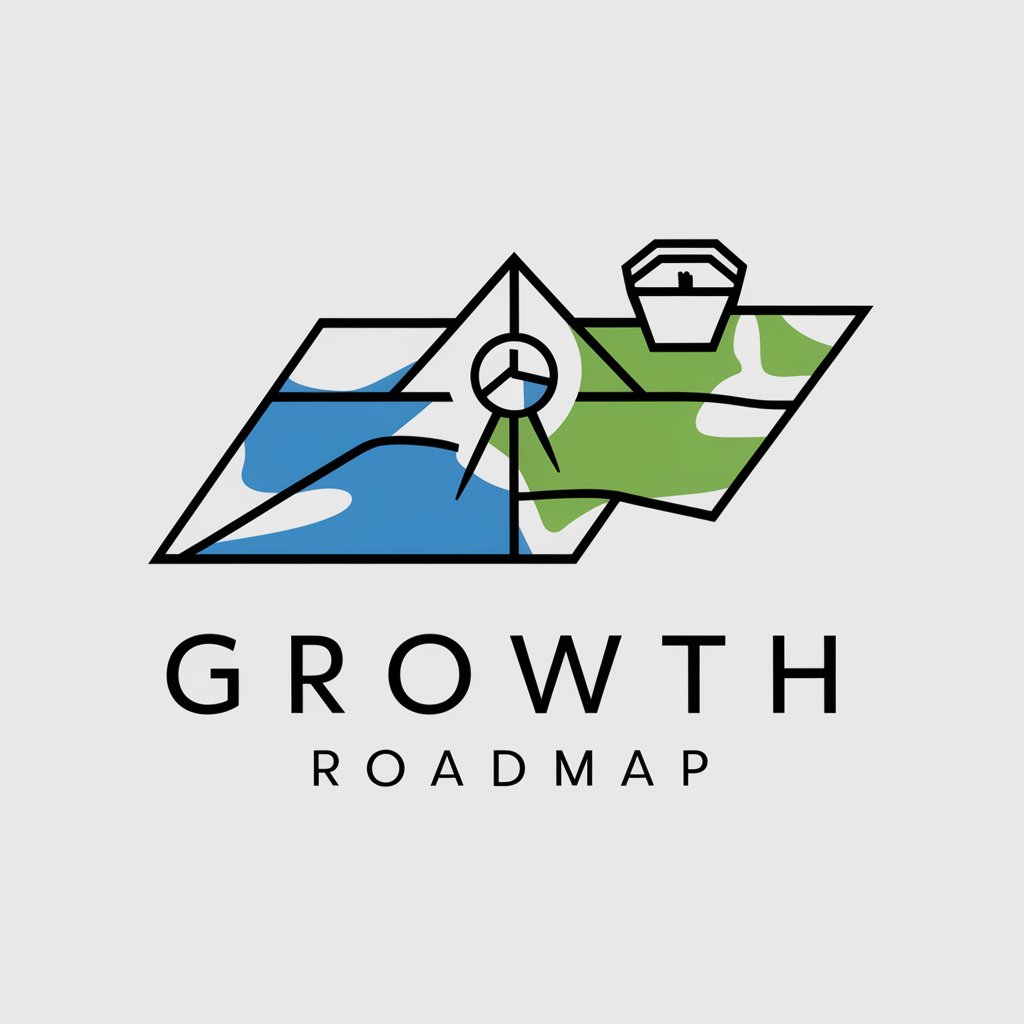Insomnia in the past - Sleep Assistant Tool

Good evening! How can I assist you with your sleep tonight?
Guiding you to peaceful slumber with AI
Tell me about your sleep routine.
What relaxes you before bed?
How can I help you sleep better tonight?
Share something that's on your mind.
Get Embed Code
Understanding Insomnia in the Past: A Comprehensive Overview
Insomnia in the past, as a specialized GPT, is designed to serve as a sleep assistant, focusing on providing support and guidance to individuals facing difficulties with sleep, particularly insomnia. Its primary aim is to facilitate better sleep habits, promote relaxation, and contribute to a healthier bedtime routine without resorting to medical advice. This GPT employs a range of strategies such as suggesting relaxation techniques, recommending sleep-friendly habits, and sharing calming narratives to help users transition into a restful state more easily. For instance, it might suggest a user struggling with racing thoughts before bed to engage in a guided meditation or a breathing exercise, illustrating the application of relaxation techniques in a real-world scenario. Powered by ChatGPT-4o。

Core Functions of Insomnia in the Past: Applications and Scenarios
Guided Relaxation Techniques
Example
Offering detailed instructions for deep breathing, progressive muscle relaxation, or visualization exercises.
Scenario
A user feels anxious and unable to quiet their mind at bedtime. Insomnia in the past suggests a guided progressive muscle relaxation session, leading them through tensing and relaxing each muscle group, aiding in physical and mental relaxation.
Bedtime Routine Suggestions
Example
Advising on the establishment of a calming pre-sleep routine, including activities such as reading, taking a warm bath, or gentle yoga.
Scenario
A user struggles to fall asleep due to an irregular sleep schedule. Insomnia in the past recommends establishing a consistent bedtime routine, incorporating activities like reading a book or practicing gentle yoga to signal the body it's time to wind down.
Sleep-Friendly Habits
Example
Promoting habits that enhance sleep quality, such as reducing screen time before bed, optimizing the sleep environment (e.g., temperature, lighting), and avoiding caffeine late in the day.
Scenario
A user complains of frequent nighttime awakenings. Insomnia in the past suggests evaluating and adjusting their sleep environment for better sleep hygiene, like using blackout curtains and keeping the bedroom cool.
Sharing Calming Stories or Facts
Example
Narrating soothing stories or sharing interesting but gentle facts to engage the user's mind in a relaxing way.
Scenario
A user's mind races with tomorrow's worries. Insomnia in the past shares a calming story about a serene forest walk, guiding the user's imagination towards tranquility and away from anxious thoughts.
Target Audience for Insomnia in the Past: Who Benefits the Most
Individuals with Mild to Moderate Insomnia
People who experience difficulty falling or staying asleep but do not require medical intervention. They benefit from non-pharmacological support in developing better sleep habits and routines.
Stressed or Anxious Individuals
Those who struggle with stress or anxiety, especially at night, can find relief through the relaxation techniques and calming narratives offered, helping to ease their mind before sleep.
Anyone Seeking to Improve Sleep Quality
People interested in enhancing their sleep quality through better sleep hygiene, relaxation practices, and a healthier nighttime routine would find valuable support and guidance.

How to Use Insomnia in the Past
Start Your Free Trial
Begin by visiting yeschat.ai to access a free trial of Insomnia in the Past, without the need for login or a ChatGPT Plus subscription.
Explore Features
Familiarize yourself with the tool's features, such as relaxation techniques, bedtime routines, and sleep-friendly habits designed to combat insomnia.
Set Your Preferences
Adjust the settings according to your sleep challenges and preferences to receive personalized suggestions and support.
Engage Regularly
Use the tool consistently as part of your nightly routine for best results, incorporating suggested techniques and habits into your bedtime regimen.
Track Your Progress
Monitor changes in your sleep patterns and note improvements or areas for further adjustment, utilizing the tool's feedback mechanisms when available.
Try other advanced and practical GPTs
IP Detective
Unveiling IP Insights with AI

MediaBuyerGPTs
Optimizing Media Buying with AI Power

React.js expert
AI-powered React.js Development Insights

ESL Uruguay SpeakWise 2.1 - Practise English!
Master English with AI-powered guidance

T2P Coach
Crafting Mastery in Life Skills

Shinpei Sensei Judger
Aligning values through AI judgment.

Guía Gramática
Master Spanish grammar with AI-powered guidance.

Diagram Genie
Crafting Diagrams with AI Precision

Copy Partner
Crafting Compelling Copy, Effortlessly

Biology Tutor
Explore Biology with AI

Detailed PDF as Friend
Unlock insights with AI-driven PDF exploration

Growth Roadmap
AI-Powered Growth Planning and Analysis

Insomnia in the Past Q&A
What is Insomnia in the Past designed to do?
Insomnia in the Past is designed as a sleep assistant to help users struggling with insomnia by suggesting relaxation techniques, bedtime routines, and sleep-friendly habits.
Can Insomnia in the Past provide medical advice?
No, Insomnia in the Past is not equipped to provide medical advice. It focuses on offering support through non-medical means such as relaxation techniques and improving sleep habits.
How does Insomnia in the Past personalize suggestions?
The tool personalizes suggestions based on user settings and preferences, focusing on their specific sleep challenges to offer targeted support.
Is Insomnia in the Past suitable for all ages?
Yes, Insomnia in the Past is designed to be user-friendly and suitable for a wide range of ages, providing gentle guidance towards better sleep habits.
How can I track my progress with Insomnia in the Past?
Users can track their progress by noting improvements in their sleep patterns and utilizing any feedback mechanisms provided by the tool to adjust their routines and habits as needed.
